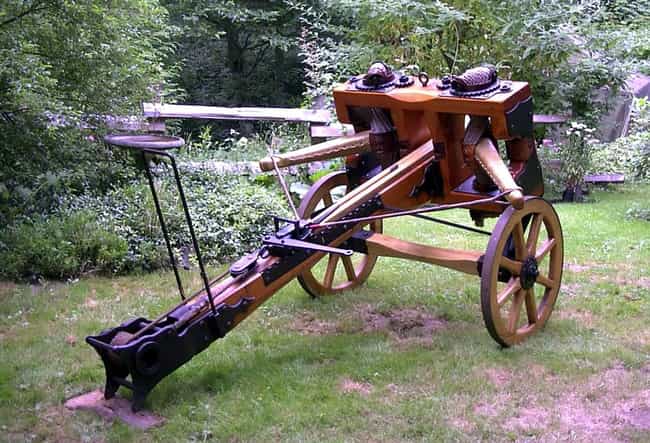
Ballista
[ranking: 1]
Ballistas were effectively giant crossbows, working on the same torsion principles as onagers. The big difference was that ballistas were meant to fire straight ahead at enemy walls instead of up and over them. Loaded with stone "cannon balls" as often as they were with the iconic "arrow" bolt, ballistas specialized in hammering enemy walls to pieces - but they could just as easily be fired into advancing soldiers.
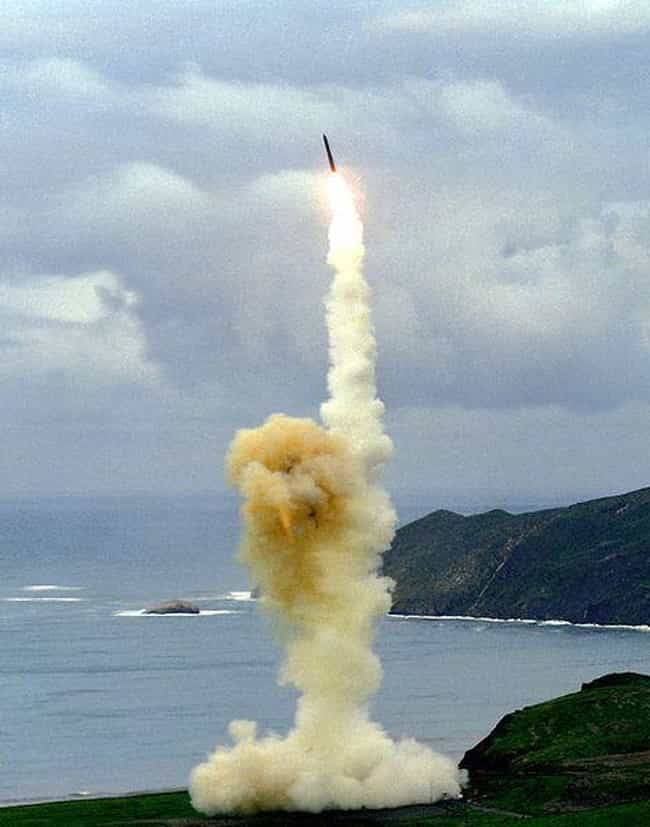
Missiles
[ranking: 13]
Missiles and rockets are the modern incarnation of trebuchet fire, often launched from hundreds of miles away by ships and ground crews. Missiles, with their range, mobility, and GPS-guided accuracy, have gradually begun to phase out more traditional artillery pieces.
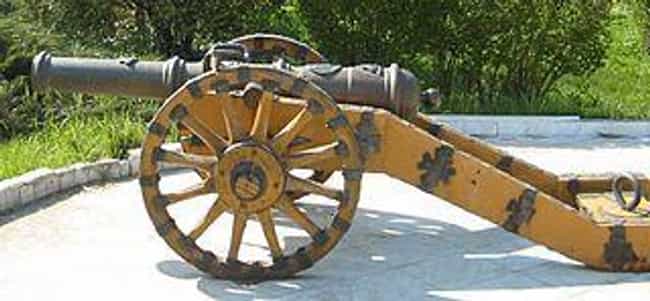
Cannons
[ranking: 4]
Cannons and big guns completely changed the rules of siege warfare almost overnight, altering the course of history almost as quickly. In 1453, the Ottoman Empire used its advanced casting and metal-working technology to produce ridiculous behemoths like the one pictured.
Mehmet II used guns like this to break down the walls of the Christian Byzantine city of Constantinople, which were thought to be unbreakable for more than a thousand years.
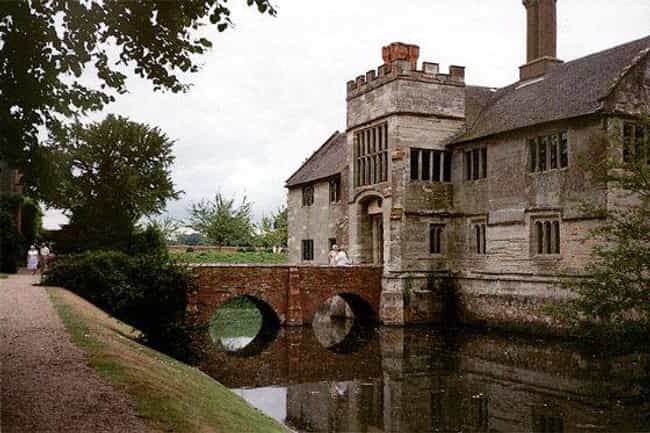
Moat
[ranking: 7]
Heartbreak time. The classic image of the alligator-infested, water-filled moats you see in movies and fiction are usually just that: fiction. True, a lot of moats had water in the bottom, but only because that's usually what happens when you dig a big trench in a place where rain is a regular fact of life. Moats were dug by both defenders and attackers, and were used to slow down troops, forcing them to climb down into the trench and then attempt to attack up a steep incline on the other side.
So, why not just fill them with water? Two pretty simple reasons. Water wasn't always available, and invaders could just swim, or build rafts or floating bridges, defeating the purpose of a moat.
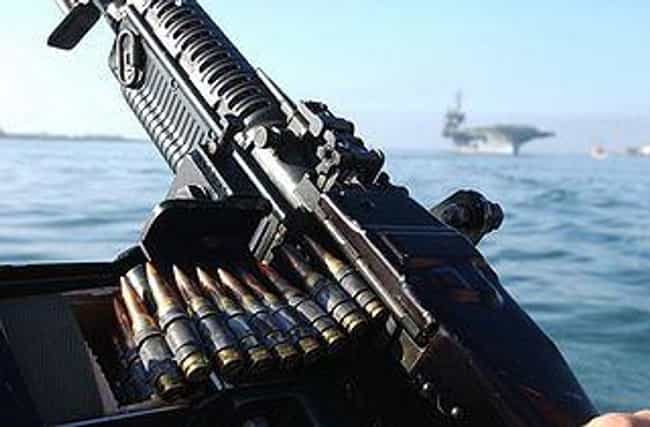
Machine Guns
[ranking: 12]
In the global siege battle that was World War I, machine gun emplacements took the place of both arrows and circumvallation. The "wall of lead" served the same purpose as any other wall, keeping enemies pinned down and unable to advance. Later wars like WWII and Korea saw the use of "pillbox" emplacements that did exactly the same thing.
Today, we tend to use mobile machine guns, but back in the early days, fixed machine gun emplacements served the same holding purpose as any wall or moat.
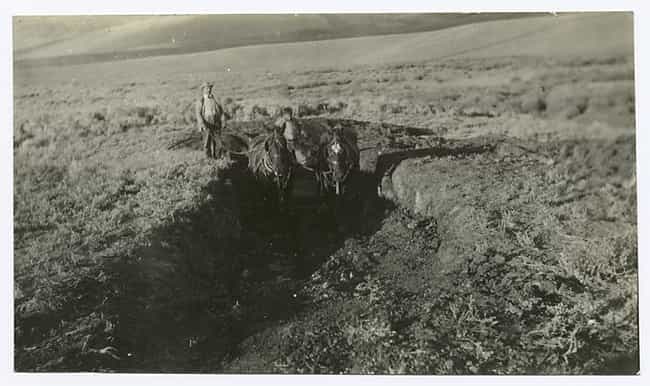
Trenches
[ranking: 11]
Tactically, a trench is different from a moat, because it acts as more of a mobile fortress than a means to slow down enemy soldiers. Trench warfare has been practiced for centuries, most notably during the world's bloodiest siege conflict, World War I. Trench warfare isn't quite obsolete these days, since it does have its applications. But modern airpower and guided missiles have largely mitigated the advantages of digging in.
New Random Display Show all by ranking(17 items)









